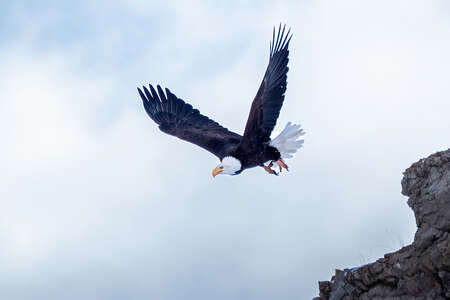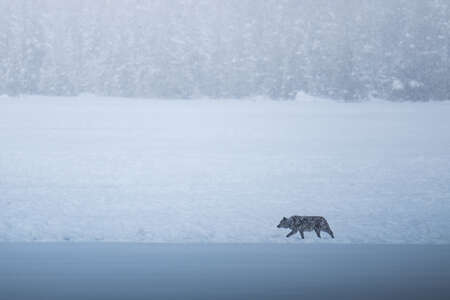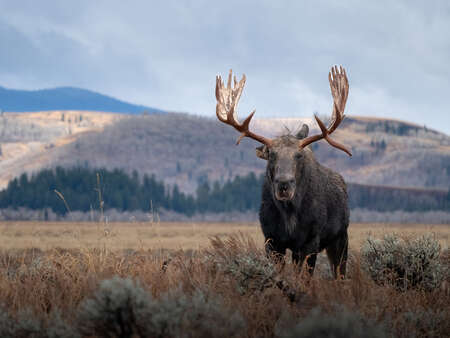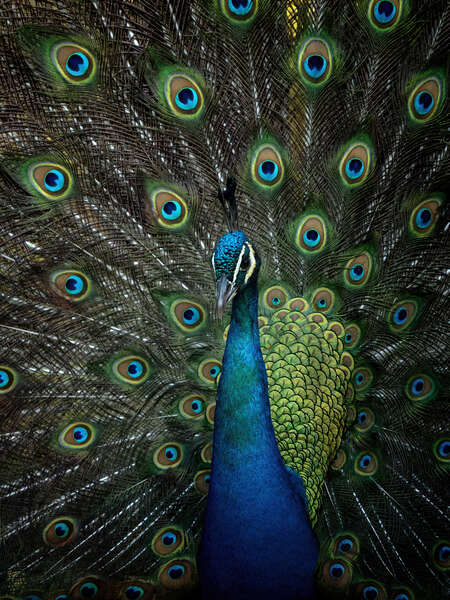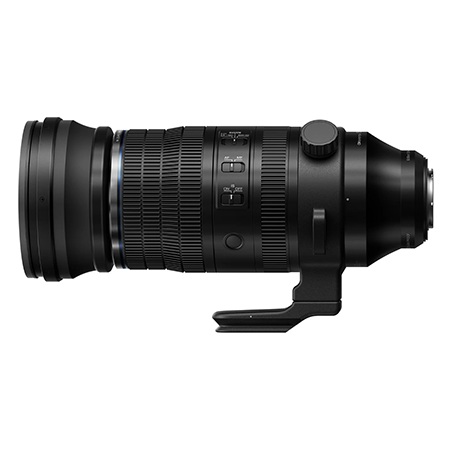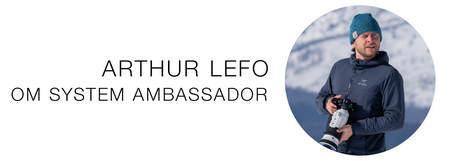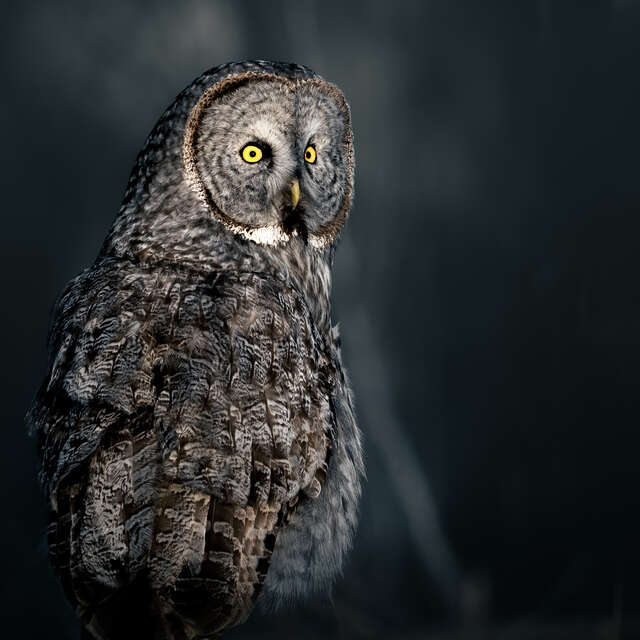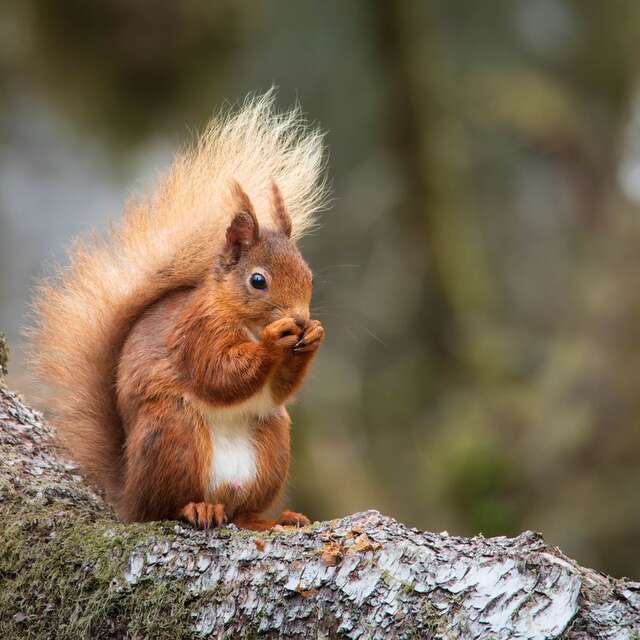OM SYSTEM's super telephoto lenses, the new M.Zuiko Digital ED 150-600mm F5.0-6.3 IS and the M.Zuiko Digital ED 150-400mm f4.5 TC 1.25X IS PRO provide mind-boggling range in compact and portable packages. Paired with their powerful image stabilization and rugged water resistant build, they are designed for anyone looking to get more intimate images of wildlife. However, capturing stunning images on any super telephoto lens requires more than just having the right equipment. Here are a few quick tips to help you capture sharper and better images with these incredible lenses.
Stay Ready, Shoot Fast
One of the primary challenges in wildlife photography is capturing fast-moving subjects. With the reach of super telephoto lens, minute movement that could impact your image sharpness only gets more enhanced. Whether it's an eagle taking flight or an ermine zipping through the snow, having a fast shutter speed is crucial to freeze all the action and avoid motion blur.
Aim for a shutter speed of at least 1/800th of a second or faster to ensure sharp images - generally opting for 1/1000sec or faster. Depending on the available light and the speed of your subject, your ISO may need to be adjusted several times to maintain this speed. As you search for subjects, its a good idea to keep your ISO set to Auto in order to avoid having to make quick last minute changes to your settings. This will allow you to focus on capturing an image first and foremost, and giving yourself the opportunity to fine tune your settings second (should the encounter last long enough to allow you to do so).
Mindful Aperture Selection
While a fast shutter speed is crucial for capturing action, your choice of aperture also plays a significant role in the impact of your final image. It can be tempting to shoot with the widest aperture possible in all scenarios in order to maximize the potential shutter speed, but there are situations where a slightly narrower aperture may provide a better result.
In the event that you are photographing an animal that has more depth to it (say a moose and its large antlers) you might be better off shooting with a slightly narrower aperture in order to get more of its antlers in focus. Its important not to overdo this as maintaining a soft background through a shallow depth of field always remains a critical component to capturing impactful wildlife portraits. Overall, using the lowest aperture possible is still generally the best approach - but don’t overlook this setting too quickly every time.
Be Patient And Observant
Using a super telephoto lens can feel like magic sometimes - you instantly gain an up close and personal view of an animal you generally see from quite a distance away. This can make it easy to get sucked into your viewfinder as you gaze in awe at the beauty and detail of the animal before you - but it can also make you miss out on some of the most photogenic moments. Its important to keep in mind that factors like light and the presence or interaction of other animals are dynamic. Putting your camera down and simply observing the scene around you can be one of the most beneficial creative practices when it comes to using such a long lens as it allows you to reset your frame and refocus on the ever evolving behaviors of the animals before you. In the end, its easy to miss more opportunities than you actually capture when you stay zoned into your viewfinder rather than constantly taking tabs on the world around you.
OM SYSTEM’s incredibly versatile super telephoto lenses offer endless opportunities to capture stunning intimate images of wildlife while respecting their space. By incorporating these three simple tips, you will be well on your way to putting yourself in a position to capture sharper and more impactful telephoto images while also giving yourself more freedom to stay creative in the field. Also remember to stay low and maximize the distance between you subject and the background behind them whenever possible. This will allow you to contrast the sharpness of your subjects with the added softness of a smooth bokeh background. Now go outside and have fun!
Featured Products:
- OM-1 Mark II
- M.Zuiko Digital ED 150-600mm F5.0-6.3 IS
- M.Zuiko Digital ED 150-400mm F4.5 TC1.25X IS PRO
Featured Gallery:
Share your best photography of all creatures big and small in our User Gallery.
Instagram: @arthurlefo
Arthur is a wildlife and conservation photographer based out of Jackson Hole, Wyoming. In a world ever more disconnected from wilderness, Arthur strives to share intimate moments with wildlife and landscapes alike to open the public eye to the beauties and harsh realities of our natural world. His passion lies in North American mammals and high latitude regions such as Alaska and Greenland. Outside of photography, he is an accomplished tour guide and fly fisherman and loves to unwind listening to groovy tunes.
